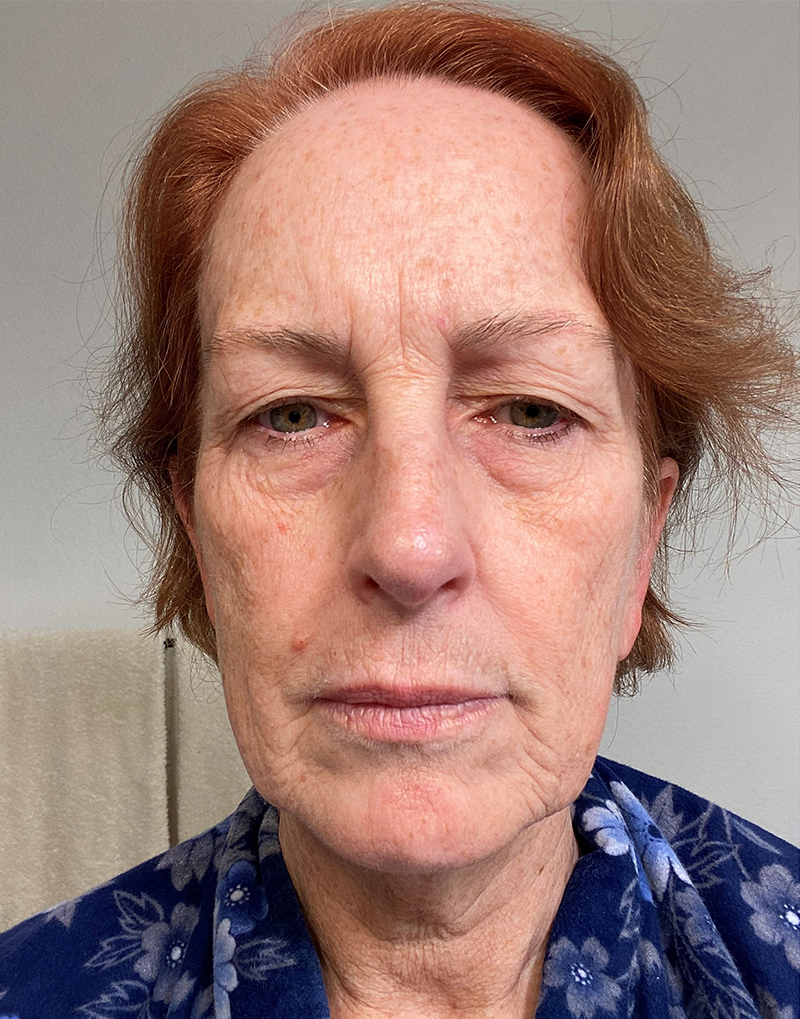Facelift
Orange County
Facelift surgery (medically called a Rhytidectomy) is the gold-standard anti-aging procedure that can rejuvenate sagging skin in the cheeks and jawline, and neck, restoring definition while smoothing away lines, wrinkles, and creases. Dr. Miller's advanced deep plane lower facelift in Orange County ensures refined, elegant outcomes that make you look refreshed and rejuvenated, never frozen or unnatural.
















